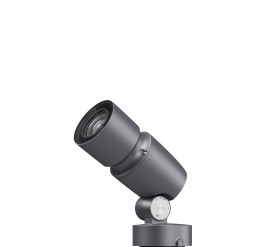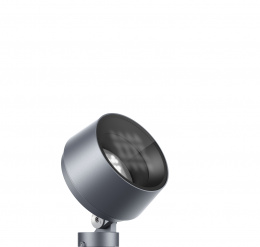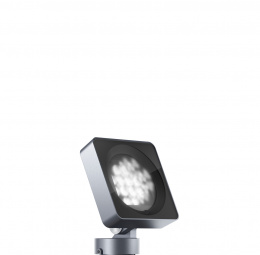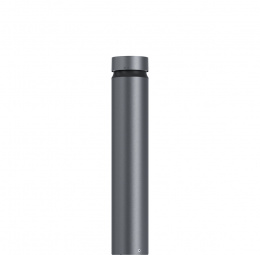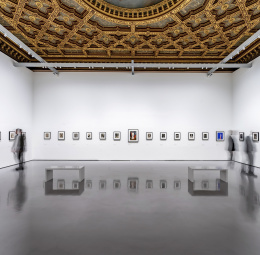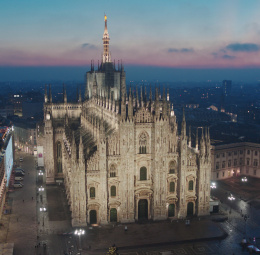The Giorgio Franchetti Gallery at the Ca' d'Oro in Venice has received stunning new façade lighting.
Positioned along the serpentine waterways of Venice's iconic Grand Canal, the Ca' d'Oro, or "Golden House," is a jewel of the city's rich architectural history. This splendid patrician palace, constructed in the 15th century, magnificently highlights the transition from Gothic to Renaissance architecture with its fusion of late-Gothic traceries, marble embellishments, and Renaissance colonnades. The building's facade is a captivating study in contrast, where the intricate marble work of the first and second floors harmoniously blends with the Renaissance elements evident in the colonnade and small square windows of the right wing.
Today, the Ca’ d'Oro has been meticulously restored and converted into the Franchetti Gallery, housing an exquisite collection of art, including treasures from the Venetian, Tuscan and Flemish schools, a captivating assortment of bronze statues and sculptures from the Renaissance, alongside a fascinating collection of pottery discovered in the Venice lagoon – all this adding to the Ca’ d'Oro's charm as a cultural and artistic destination.









